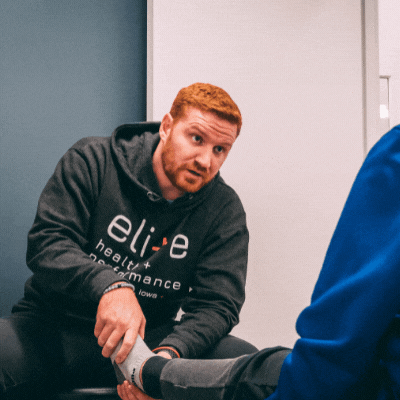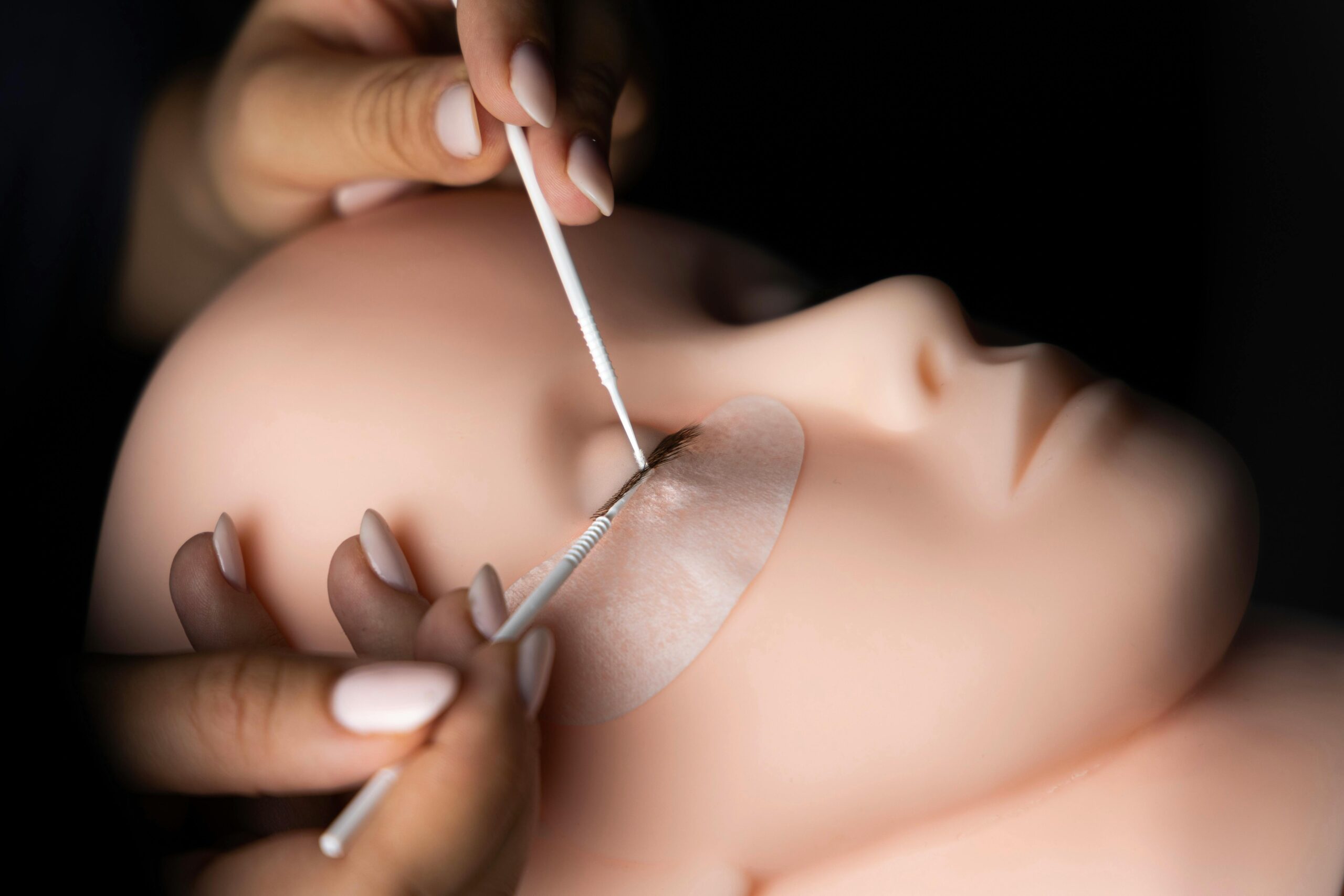Sports rehabilitation plays a crucial role in helping athletes recover from injuries and optimize their performance. Whether you’re an aspiring sports therapist or a dedicated athlete looking to understand the principles of rehabilitation, this guide will provide you with valuable insights into the world of sports rehabilitation. From understanding common injuries to exploring various treatment modalities, we will cover all the essential aspects of this field. So, let’s dive in and explore the fascinating world of sports rehabilitation!
1. Understanding Sports Injuries
Sports injuries are an unfortunate but common occurrence in the world of athletics. Before delving into the realm of rehabilitation, it’s important to have a solid understanding of the types and causes of these injuries. From sprains and strains to fractures and dislocations, we’ll explore the various injuries athletes may encounter and the impact they have on the body.
2. The Role of Sports Rehabilitation
Sports rehabilitation aims to facilitate the recovery process, restore functionality, and enhance performance for athletes. We’ll discuss the fundamental principles that guide sports rehabilitation programs, including the importance of early intervention, individualized treatment plans, and the incorporation of injury prevention strategies.
3. Assessment and Diagnosis
Accurate assessment and diagnosis are crucial in designing effective rehabilitation programs. We’ll delve into the assessment techniques used by sports rehabilitation professionals, including physical examinations, imaging studies, and functional movement assessments. Understanding the diagnostic process will enable you to better identify and address injuries in athletes.
4. Treatment Modalities
Sports rehabilitation encompasses a wide range of treatment modalities that help athletes regain strength, flexibility, and mobility. From manual therapy techniques to therapeutic exercises and modalities such as ultrasound and electrical stimulation, we’ll explore the various tools and techniques utilized in the rehabilitation process.
5. Rehabilitation Programs for Common Injuries
Different injuries require specific rehabilitation protocols. We’ll delve into the rehabilitation programs for common sports injuries, such as ACL tears, rotator cuff injuries, and ankle sprains. Understanding the specific challenges and considerations for each injury will empower you to design targeted and effective rehabilitation plans.
6. Return to Sport and Performance Enhancement
Returning to the field or court after an injury can be a daunting task for athletes. We’ll discuss the criteria and considerations for safely reintegrating athletes into their respective sports, including the importance of progressive training, injury prevention strategies, and ongoing monitoring to optimize performance.
7. Sports Psychology and Rehabilitation
The mental aspect of rehabilitation is often overlooked but plays a crucial role in an athlete’s recovery journey. We’ll explore the intersection of sports psychology and rehabilitation, discussing how psychological factors such as motivation, resilience, and goal-setting can influence an athlete’s rehabilitation outcomes.
8. Career Opportunities in Sports Rehabilitation
For those passionate about sports and helping others, a career in sports rehabilitation can be incredibly rewarding. We’ll highlight various career paths in this field, including sports physical therapy, athletic training, and sports performance coaching. Understanding the educational requirements and potential job prospects will help you chart your career path in sports rehabilitation.
9. Continuing Education and Professional Development
As with any field, staying up-to-date with the latest research and advancements is essential in sports rehabilitation. We’ll explore the importance of continuing education and highlight resources, such as workshops, conferences, and online courses like those offered by Yellowbrick, that can help you expand your knowledge and enhance your skills.
10. The Future of Sports Rehabilitation
The field of sports rehabilitation is continually evolving, with advancements in technology and research shaping its future. We’ll discuss emerging trends and innovations, such as the use of virtual reality in rehabilitation and the integration of data analytics to optimize performance and prevent injuries.
Conclusion
Sports rehabilitation is a dynamic and essential discipline that plays a vital role in the recovery and performance of athletes. By understanding the principles, assessment techniques, treatment modalities, and career opportunities in this field, you can embark on a rewarding journey in sports rehabilitation. So, whether you’re an aspiring sports therapist or an athlete looking to optimize your recovery, this guide has provided you with a comprehensive overview of sports rehabilitation. Get ready to make a positive impact on the lives of athletes and contribute to their success!
Key Takeaways:
- Sports rehabilitation is crucial for athletes to recover from injuries and enhance their performance.
- Understanding common sports injuries and their impact on the body is essential in the rehabilitation process.
- Sports rehabilitation focuses on early intervention, individualized treatment plans, and injury prevention strategies.
- Accurate assessment and diagnosis are key in designing effective rehabilitation programs.
- Treatment modalities in sports rehabilitation range from manual therapy techniques to therapeutic exercises and modalities like ultrasound and electrical stimulation.
- Each injury requires specific rehabilitation protocols tailored to the individual athlete.
- Safely reintegrating athletes into their sports involves progressive training, injury prevention strategies, and ongoing monitoring.
- Sports psychology plays a significant role in an athlete’s recovery journey, addressing motivation, resilience, and goal-setting.
- Various career paths in sports rehabilitation include sports physical therapy, athletic training, and sports performance coaching.
- Continuing education through workshops, conferences, and online courses like those offered by Yellowbrick is crucial for professional development.
- The future of sports rehabilitation includes advancements like virtual reality and data analytics to optimize performance and prevent injuries.
Consider taking the NYU Fundamentals of Global Sports Management online course and certificate program to further enhance your knowledge and skills in the field of sports rehabilitation. This program offered by New York University (NYU) will provide you with valuable insights into the global sports industry and equip you with the necessary tools to excel in sports management. Expand your horizons and take your passion for sports rehabilitation to the next level with this comprehensive course.






